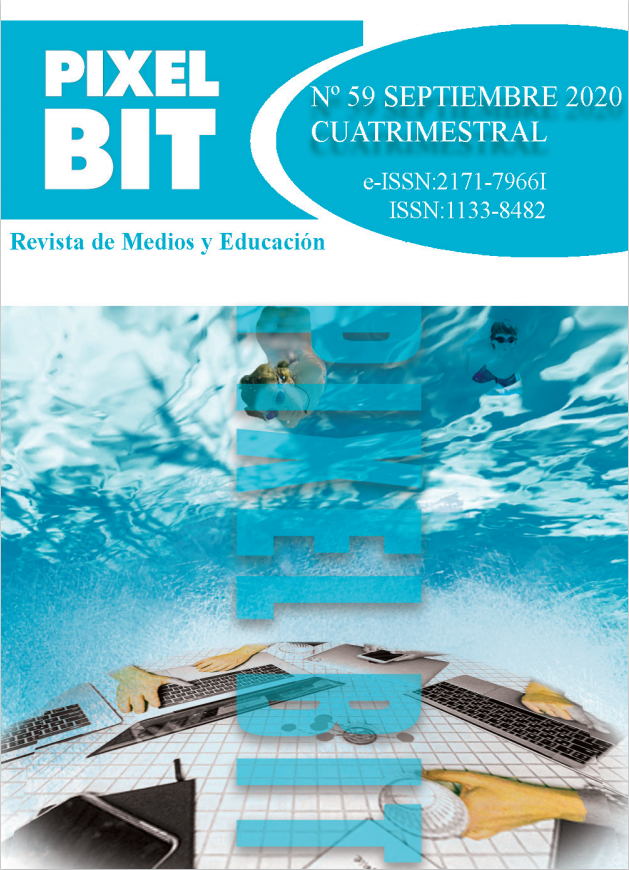Abstract
This paper shows the fundamental results of research on didactic work with tablets in higher education. In the current digital era, in the world of ICT and in the Knowledge Society, tablets used in a pedagogical way offer an academic scenario for university learning and in a dynamic way. This research is contextualized in a sample of 902 students, during the years 2015-2016, through an exploratory study, with a non-probabilistic sampling and extracted from eight countries and the same number of universities. Through a mixed methodology, information has been collected, using the survey and the discussion groups, for later factorial and variance of the data analysis. Results showed that there is lack of knowledge about their pedagogical function, little valuation in their use and identification of learning scenarios, as well as of their role in the change of traditional pedagogical practices. It is concluded that the didactic use of tablets helps in the critical and reflexive improving metacognition and selfregulation formation of university students

